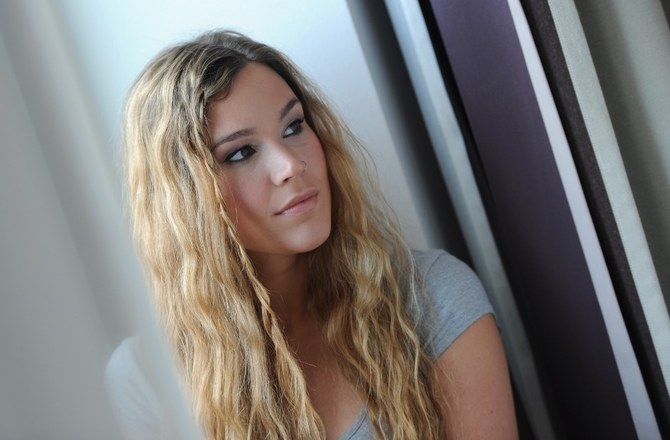RIYADH: In a corner of JAX, Riyadh’s art district, there is an open-door policy for art enthusiasts and culture aficionados to explore the diversity of the printmaking world.
At Printworks — hosted by the Personage concept store and studio —artists, designers and architects are presenting their print-based creations to the public.
The aim is to celebrate the work of the artists and engage the public.
When curator Koren Dasoar and guest curator Dana Qabbani came together for the project, they had the aim of “really doing things that are not just for the sake of it.”
Dasoar told Arab News they are not seeking “applause, but really are conscious of people’s feelings, supporting people and building quality.”
They saw a gap in the art community: a space that caters to emerging artists.
Qabbani told Arab News: “Speaking with all of the young artists and the established ones, people are down.
“People feel they’re not doing enough to appear enough … We felt that there’s a disconnect, even with all the amazing things that’ve been happening in the scene.”
Dasoar added: “We shouldn’t wait for a large format activation or event to happen for creativity to happen.
“It’s about it being constant small- to mid-scale activities that allow people that have a growing creative practice to be able to constantly create and showcase.”
Printmaking itself is a unifier of crafts, the curators say.
It “makes you use your hands physically, and therefore the process is longer than just clicking ‘print’ and having the artwork come out.
“There is more of a practice; it’s more sacred because it slows you down. You’re making the art in slow motion,” Qabbani said.
Dasoar explained: “Print is something that I feel is completely interdisciplinary, multidisciplinary and cross-medium.
“It’s something that has value in the context of artists, architects, industrial designers, product designers, and even the broader creative spectrum of writers, printers, poets.
“Print is a medium that is far-reaching. It also is something that, from a functional standpoint, allows that to be a degree of repetition, meaning that we can create repeats.
“But it’s also something that I think is quite interesting in the contemporary context, for that it takes different mediums from different practices, funnels it through a digital and non-digital medium, and translates it into something that is physical.”
The initiative aims to bring people back to a core idea of loving creativity and making art, or simply having the desire to create.
For aspiring artists to truly thrive, “there needs to be multiple points of contemplation and multiple points of creation,” Dasoar said.
“There is space for everyone, and we have a shared responsibility to support talent, nurture growth, and create opportunities for success.”
These notions manifested in Personage having an open-door policy for such events.
In this edition, the featured artists include Hayat Osama, Naif Alquba, Mohammed Zkria, Abdullah Al-Amoudi, Salman Najem, Abdullah Al-Khorayef, the sibling-led collective TwoMeem, and Shaddah Design Studio’s Il Mushtarayat.
The program allows members of the public to see how their purchased pieces are produced, as each print is made-to-order. The event also creates a space to ask questions in a more conversational setting.
“Community isn’t built in rows of chairs,” Dasoar said.
Printworks functions in two sections. The first is in existing artworks created by the artist, studio, designer or practitioner, ranging from risograph prints, screenprints, and photographic print.
The other section is an on-site, live screen-printing studio where members of the public are able to drop in and learn more about the artists, the ink, and the printing process itself.
All the works, including the print-on-demand pieces, which will be available on a limited-run basis, are part of an exhibition running until the end of April.
“We have a portion of the artists that are just in the exhibition segment, and we have several artists that have been the collaborators on the screens that are on the print and demand,” Dasoar said.
The event has talks and workshops by various creatives including Dasoar and Cristian Checcanin, the art director at TOLD, the agency behind the design of Saudi Arabia’s riyal logo.
While this is the first edition of Printworks, the goal is to create an event every month with a new, diverse set of artists and curators who can bring in fresh ideas and concepts.
This type of activation is connected to a core pillar of Personage’s mission and identity.
As a space that exists at the intersection of concept store, creative studio, and cultural platform, Personage is fundamentally about bringing people together — bridging disciplines, creative practices, and perspectives.
“We believe that the creative industry truly blossoms when we support its practitioners, while also allowing patrons and buyers to grow, connect, and engage through experiencing — and investing in — the outcomes of creativity.
“In this way, we nurture both the creators and the community that surrounds and uplifts them,” Dasoar said.



























